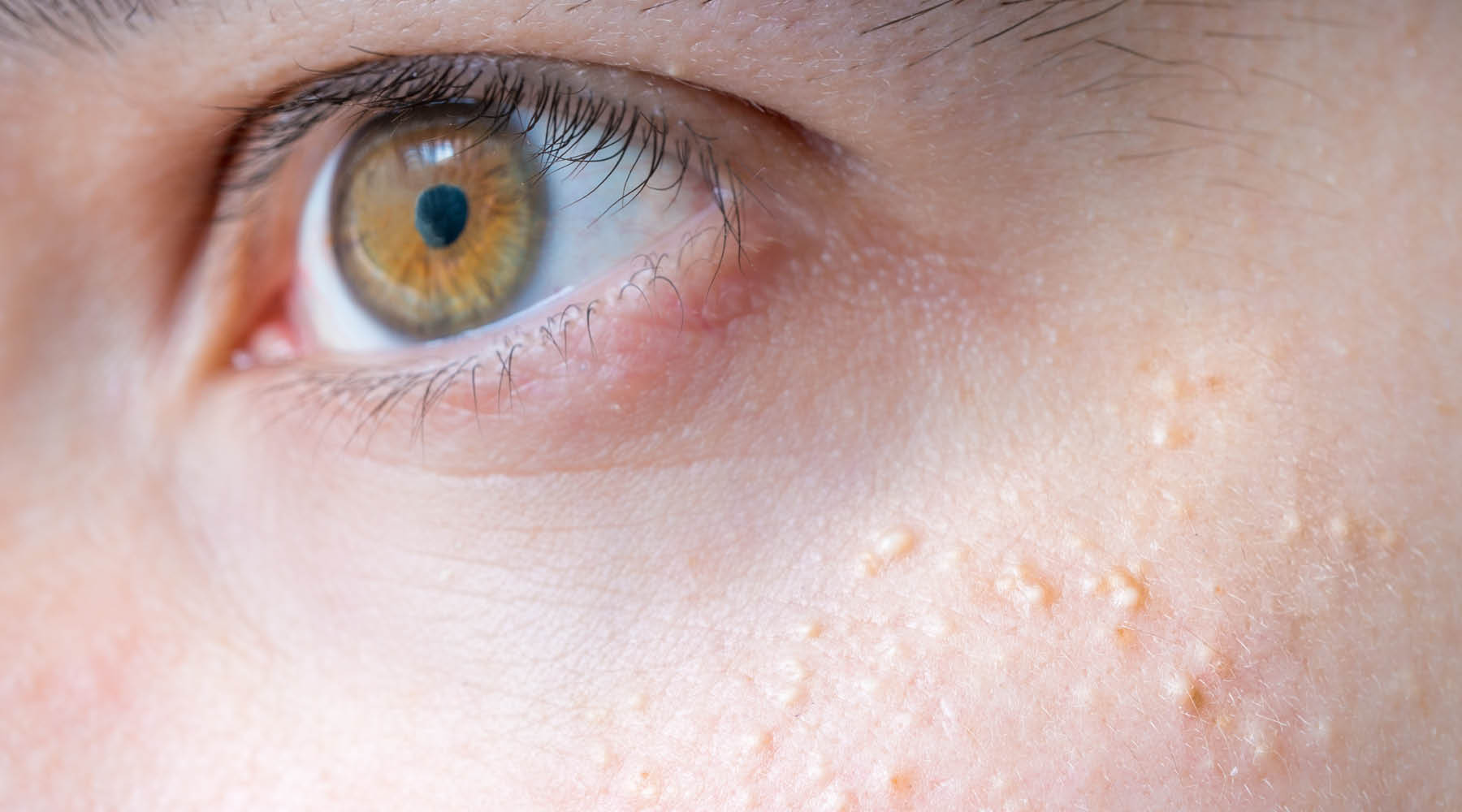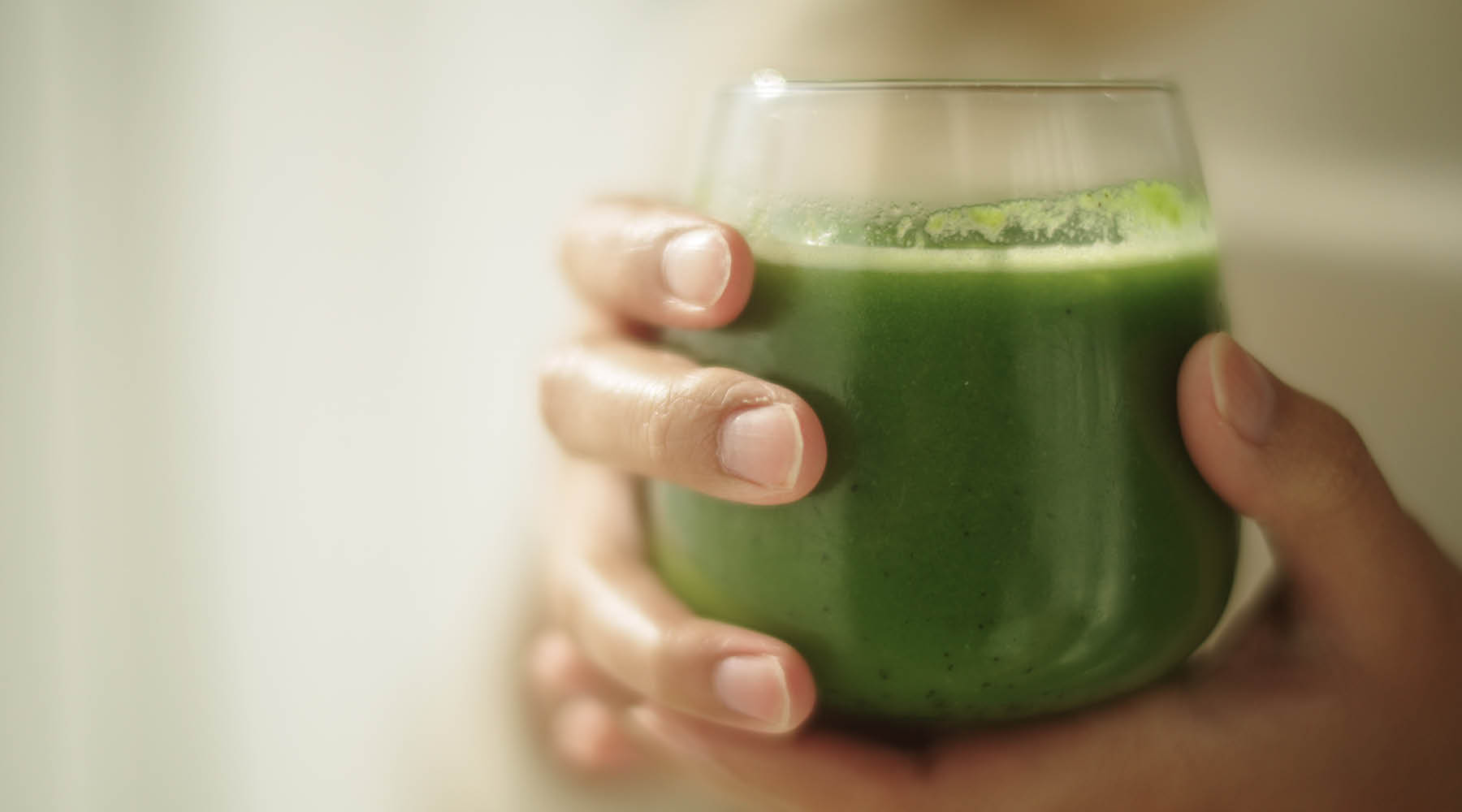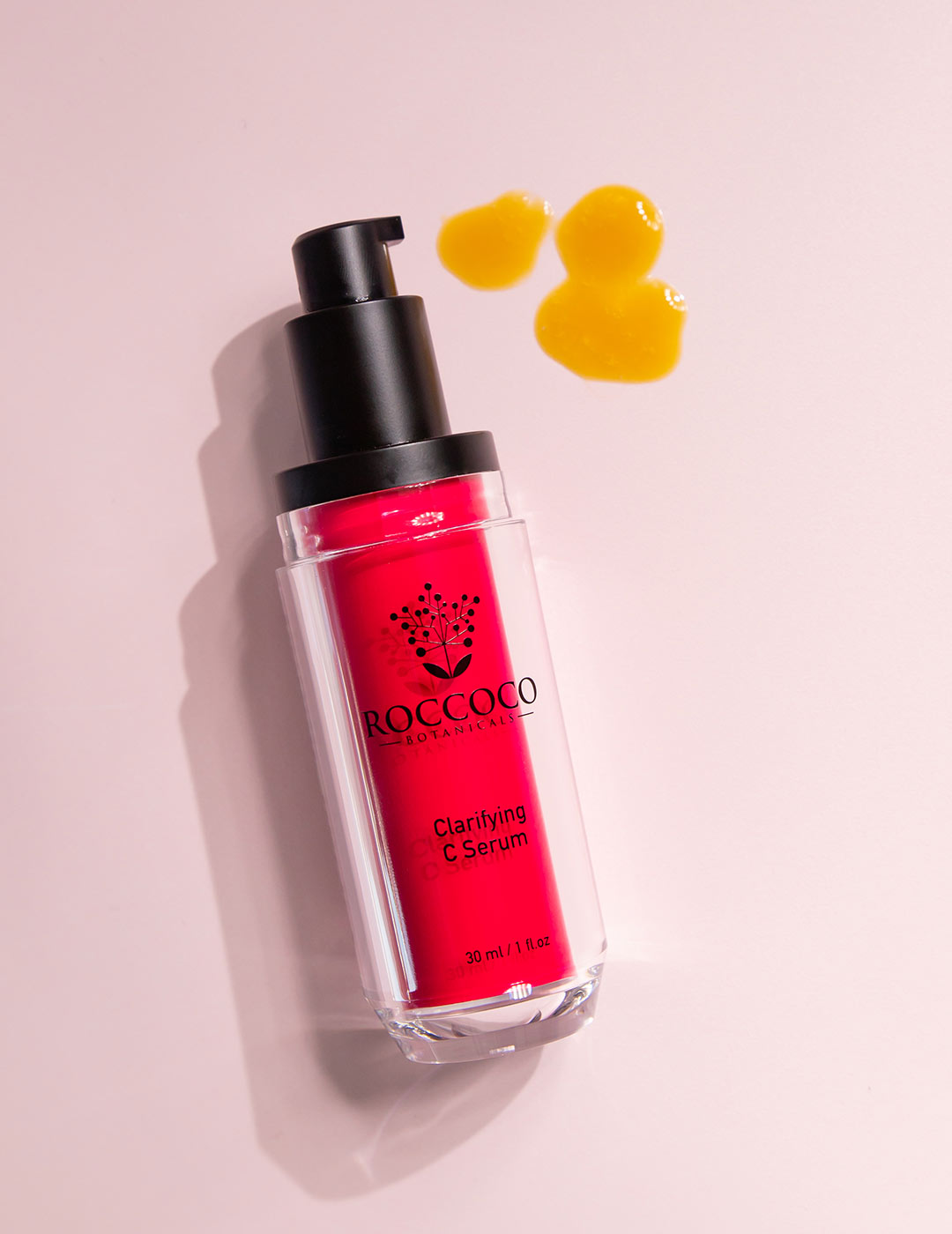Acne Awareness Month is a powerful reminder that acne isn’t just a teenage phase or a cosmetic issue—it’s a complex skin condition that affects millions of people worldwide, regardless of age or gender. To treat it effectively, we first need to understand it.
This blog unpacks the real causes of acne, the different types, and why personalised care is key to truly transforming acne-prone skin. Whether you’re dealing with occasional breakouts or persistent, painful cysts, this guide will help you better understand your skin and what it needs to heal.
What Is Acne?
Acne is a chronic inflammatory skin condition that occurs when hair follicles (pores) become clogged with sebum (oil), dead skin cells, and bacteria. It most commonly appears on the face, chest, back, and shoulders—areas rich in sebaceous glands.
While acne is often associated with adolescence, many adults experience it well into their 30s, 40s, and beyond. In fact, adult acne—especially among women—is increasingly common due to hormonal changes, stress, and modern lifestyle factors.

What Actually Causes Acne?
There’s a common misconception that acne is caused by dirty skin or poor hygiene. In reality, acne is multifactorial—meaning there’s rarely one single cause. Instead, several key elements interact to trigger breakouts.
1. Excess Sebum Production
Sebum is the natural oil your skin produces to protect and hydrate itself. But when hormone levels (especially androgens) increase, so does sebum production. Excess oil can mix with dead skin cells and block the pores.
2. Abnormal Shedding of Skin Cells
Normally, dead skin cells shed naturally. In acne-prone skin, this process is often disrupted. The cells stick together and build up within the pore, creating a plug that traps oil and bacteria.
3. Cutibacterium acnes (C. acnes) Bacteria
This bacteria naturally lives on the skin, but in clogged, low-oxygen pores, it can multiply and trigger inflammation. The immune system reacts by sending white blood cells, which leads to redness, swelling, and pus.
4. Inflammation
Acne is inherently inflammatory. This means inflammation can occur before a visible pimple even appears. Diet, stress, and other internal factors can drive inflammation, making breakouts more frequent and severe.
5. Hormonal Imbalances
Hormonal fluctuations are one of the most common triggers for acne. Puberty, menstrual cycles, pregnancy, menopause, and conditions like PCOS can all increase androgen levels, which in turn stimulates oil production.
6. Lifestyle Factors
- Diet: High glycemic index foods, dairy, and whey protein have been shown to influence acne in some individuals.
- Stress: Elevates cortisol, which can increase oil production and inflammation.
- Skincare products: Using harsh or comedogenic products can worsen acne or damage the skin barrier.
- Medications: Certain drugs, such as corticosteroids or lithium, can also trigger breakouts.

The Different Types of Acne
Understanding what type of acne you're dealing with is crucial for choosing the right treatment strategy. Here are the most common types:
1. Comedonal Acne
- Appearance: Whiteheads and blackheads
- Cause: Blocked pores filled with sebum and dead skin
- Location: Often seen on the T-zone (forehead, nose, chin)
-
Treatment focus: Oil control, gentle exfoliation, and restoring skin balance
2. Inflammatory Acne
- Appearance: Red, swollen papules and pus-filled pustules
- Cause: Bacterial overgrowth and immune response
- Location: Cheeks, jawline, and forehead
-
Treatment focus: Reducing inflammation and supporting the skin barrier
3. Cystic Acne
- Appearance: Deep, painful, swollen lumps under the skin
- Cause: Severe inflammation, hormonal imbalance
- Location: Common along the jawline and chin
-
Treatment focus: Needs a comprehensive, often professional-led approach; avoid harsh topicals
4. Nodular Acne
- Appearance: Hard, large lumps deep under the skin (no head)
- Cause: Deep follicular inflammation
- Location: Back, jawline, chest
-
Treatment focus: Similar to cystic acne, requires targeted care and internal balancing
5. Fungal Acne (Malassezia Folliculitis)
- Appearance: Uniform, itchy red bumps that often look like whiteheads
- Cause: Yeast (not bacteria) overgrowth in the hair follicles
- Location: Forehead, back, shoulders
- Treatment focus: Antifungal ingredients—traditional acne treatments may worsen it
Why Acne Needs a Personalised Approach
Acne is not a one-size-fits-all condition. Even if two people have the same type of acne, their triggers might be completely different.
That’s why understanding your own skin, environment, and internal health is so important. A product that clears someone else’s acne might do nothing—or even cause flare-ups—for someone else. The key is finding out what’s driving your breakouts and tailoring your skincare accordingly.
There’s also the issue of skin barrier damage. Many acne sufferers have used harsh treatments that dry, strip, or irritate the skin. While this might feel effective short-term, it can worsen inflammation and trigger more breakouts long-term.
The most successful acne routines are the ones that:
- Reduce inflammation without compromising skin health
- Support the skin barrier
- Target the underlying causes—whether bacterial, hormonal, or fungal

Ready for Real Solutions?
If you’re feeling frustrated, confused, or just tired of trial and error, you’re not alone—and you don’t have to navigate acne on your own.
We offer professional skincare consultations designed specifically to help people like you. Our expert team will:
- Assess your skin and identify your acne type
- Look at your lifestyle, diet, and product usage to find hidden triggers
- Recommend science-backed, personalised solutions tailored to your unique needs
Whether you’ve just started breaking out or have battled acne for years, the right guidance can make all the difference.
Book your skincare consultation today and get one step closer to clear, confident skin—without the guesswork.
Final Thoughts
Acne doesn’t define you. It’s a medical skin condition with real causes—and real solutions. With the right knowledge and support, you can calm your skin, reduce breakouts, and start feeling like yourself again.
This Acne Awareness Month, we invite you to take control of your skin—not with harsh fixes, but with understanding, strategy, and care.
Read more

Milia can be one of those stubborn skin concerns that seem to appear out of nowhere, especially around the eyes. These tiny, white bumps often baffle people as they don’t respond to traditional acn...

When it comes to clearing acne, diet and skincare often take center stage but supplements can quietly play a powerful role behind the scenes. While some can support healthy, clear skin, others can ...



